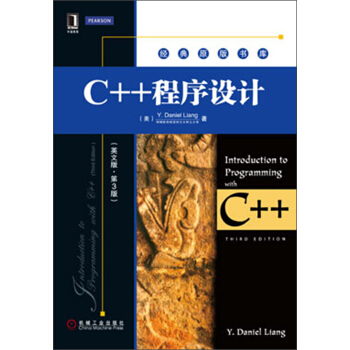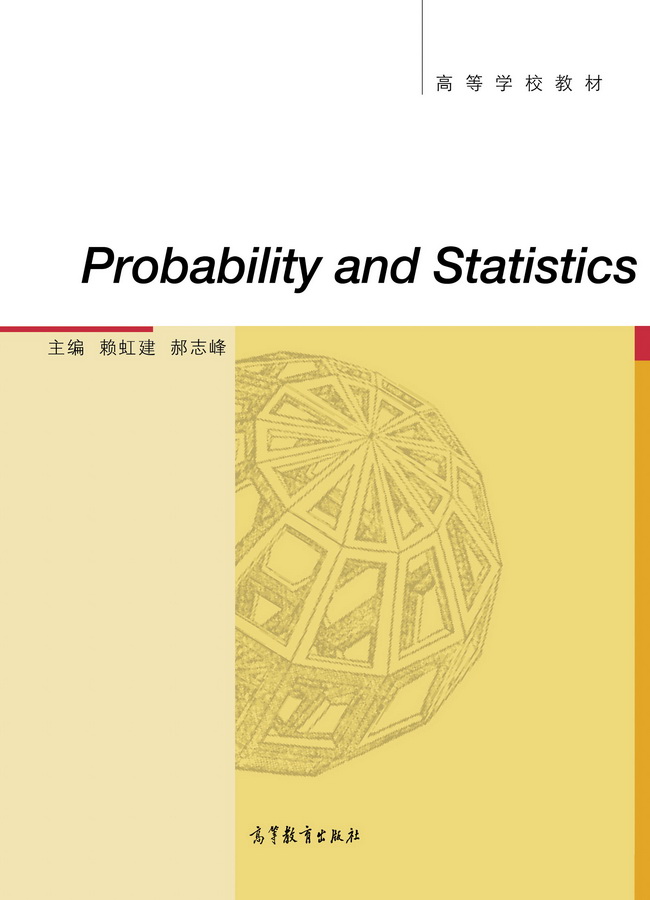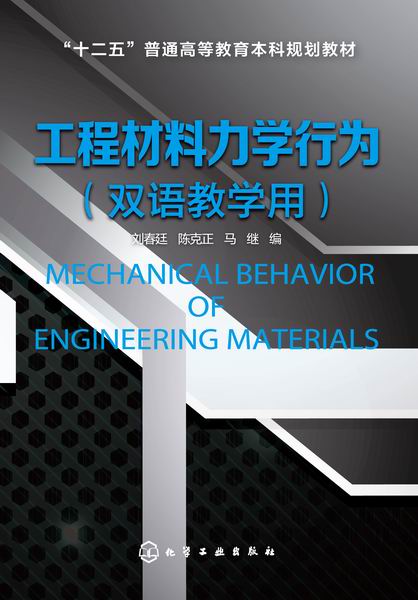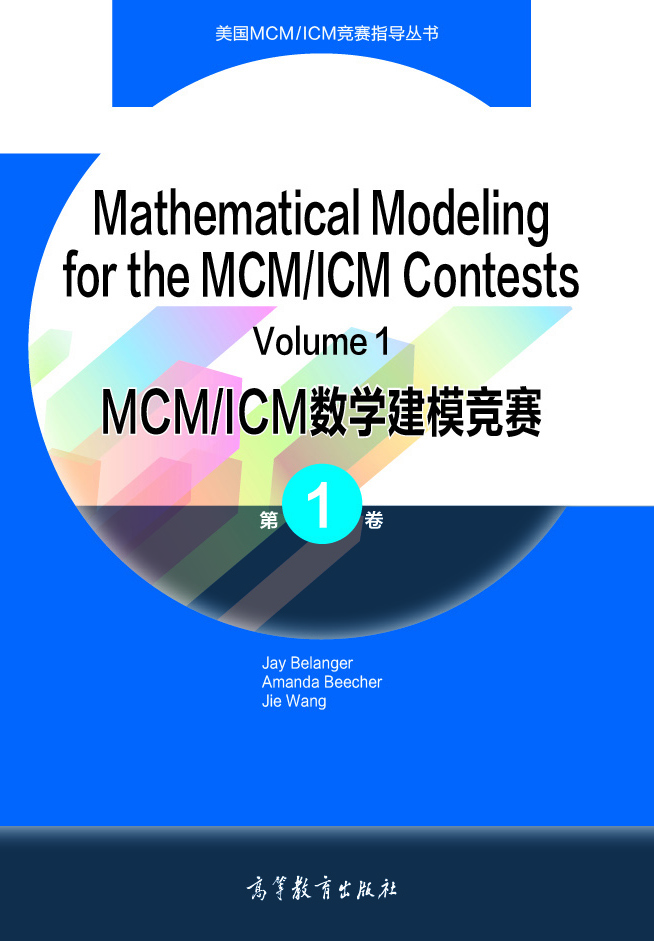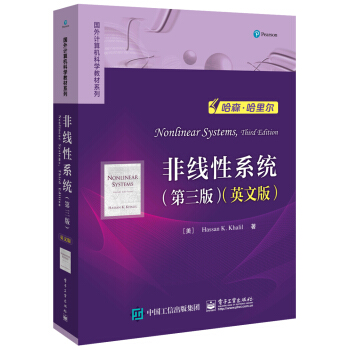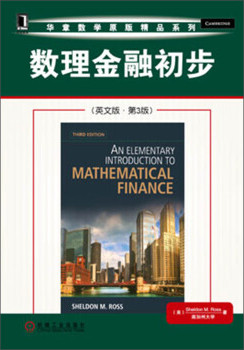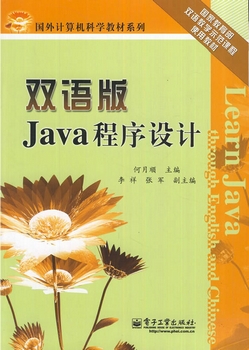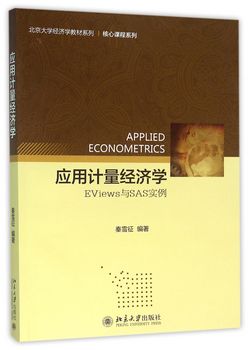C++程序设计(英文版)(第3版) / 经典原版书库
¥79.00定价
作者: Y.Daniel Liang
出版时间:2013-06
出版社:机械工业出版社
- 机械工业出版社
- 9787111425052
- 1版
- 319048
- 44219976-6
- 平装
- 16开
- 2013-06
- 1062
- 708
- 工学
- 计算机科学与技术
- 计算机类
- 本科
作者简介
内容简介
《经典原版书库:C++程序设计(英文版·第3版)》保持了Liang博士系列丛书中一贯的标志性的教与学的哲学:以实例教,由实践学。通过使用他所提出的已经经过实践检验的“基础先行”的方法,Liang博士在《经典原版书库:C++程序设计(英文版·第3版)》中通过大量实例阐明了基本的C++特性,使得学生可以通过实践来更有效地进行学习。
在引入面向对象程序设计思想之前,Liang博士使用清晰简明的语言介绍了C++语言的基础概念和基本的程序设计技术,如循环、逐步求精等。这些概念都是使用简短且吸引人的实例来进行阐明的。他还在实例研究中给出了一些较大规模的例子,对这些实例,进行了整体的分析讨论和详细的逐行注解。
《经典原版书库:C++程序设计(英文版·第3版)》可以帮助学生循序渐进地学习所有必须和重要的基本概念,然后再进入到面向对象程序设计方法的学习,最终掌握构建具有异常处理和输入输出功能的有意义的应用程序的方法。贯穿全书的实例和练习都以问题求解为中心,试图培养学生开发可重用组件并创建实际项目的意识。
在引入面向对象程序设计思想之前,Liang博士使用清晰简明的语言介绍了C++语言的基础概念和基本的程序设计技术,如循环、逐步求精等。这些概念都是使用简短且吸引人的实例来进行阐明的。他还在实例研究中给出了一些较大规模的例子,对这些实例,进行了整体的分析讨论和详细的逐行注解。
《经典原版书库:C++程序设计(英文版·第3版)》可以帮助学生循序渐进地学习所有必须和重要的基本概念,然后再进入到面向对象程序设计方法的学习,最终掌握构建具有异常处理和输入输出功能的有意义的应用程序的方法。贯穿全书的实例和练习都以问题求解为中心,试图培养学生开发可重用组件并创建实际项目的意识。
目录
Chapter 1 Introduction to Computers,Programs, and C++
1.1 Introduction
1.2 What is a Computer?
1.3 Programming Languages
1.4 Operating Systems
1.5 History of C++
1.6 A Simple C++ Program
1.7 C++ Program-Development Cycle
1.8 Programming Style and Documentatjon
1.9 Programming Errors
Chapter 2 Elementary Programming
2.1 Introduction
2.2 Writing a Simple Program
2.3 Reading input from the Keyboard
2.4 Identifiers
2.5 Variables
2.6 Assignment Statements and Assignment Expressions
2.7 Named Constants
2.8 Numeric Data Types and Operations
2.9 Evaluating Expressions and Operator Precedence
2.10 Case Study: Displaying the Current Time
2.11 Augmented Assignment Operators.
2.12 Increment and Decrement Operators
2.13 Numeric Type Conversions
2.14 Software Development Process
2.15 Case Study: Counting Monetary Units
2.16 Common Errors
Chapter3 Selections
3.1 Introduction
3.2 The bool Data Type
3.3 if Statements
3.4 Two-Way if-else Statements
3.5 Nested if and Multi-Way if-else Statements
3.6 Common Errors and Pitfalls
3.7 Case Study: Computing Body Mass Index
3.8 Case Study: Computing Taxes
3.9 Generating Random Numbers
3.10 Logical Operators
3.11 Case Study: Determining Leap Year
3.12 Case Study: Lottery
3.13 switch Statements
3.14 Conditional Expressions
3.15 Operator Precedence and Associativity
3.16 Debugging
Chapter 4 Mathematical Functions, characters, and Strings
4.1 Introduction
4.2 Mathematical Functions
4.3 Character Data Type and Operations
4.4 Case Study: Generating Random Characters
4.5 Case Study: Guessing Birthdays
4.6 Character Functions
4.7 Case Study: Converting a Hexadecimal Digit to a Decimal Value
4.8 The string Type
4.9 Case Study: Revising the Lottery Program Using Strings
4.10 Formatting Console Output
4.11 Simple File Input and Output
Chapter 5 Loops
5.1 Introduction
5.2 The while Loop
5.3 The do-while Loop
5.4 The for Loop
5.5 Which Loop to Use?
5.6 Nested Loops
5.7 Minimizing Numeric Errors
5.8 Case Studies
5.9 Keywords break and continue
5.10 Case Study: Checking Palindromes
5.11 Case Study: Displaying Prime Numbers
Chapter 6 Functions
6.1 Introduction
6.2 Defining a Function
6.3 Calling a Function
6.4 void Functions
6.5 Passing Arguments by Value
6.6 Modularizing Code
6.7 Overloading Functions
6.8 Function Prototypes
6.9 Default Arguments
6.10 Inline Functions
6.11 Local, Global, and Static Local Variables
6.12 Passing Arguments by Reference
6.13 Constant Reference Parameters
6.14 Case Study: Converting Hexadecimals to Decimals
6.15 Function Abstraction and Stepwise Refinement
Chapter 7 Single-Dimensional Arrays and C-Strings
7.1 Introduction
7.2 Array Basics
7.3 Problem: Lotto Numbers
……
Chapter 8 Multidimensional Arrays
Chapter 9 Objects and Classes
Chapter 10 Object-Oriented Thinking
Chapter 11 Pointers and Dynamic Memory Management
Chapter 12 Templates, Vectors, and stacks
Chapter 13 File Input and Output
Chapter 14 Operator Overloading
Chapter 15 Inheritance and Polymorphism
Chapter 16 Exception Handing
Chapter 17 Recursion
APPENDIXES
INDEX
CREDIT
1.1 Introduction
1.2 What is a Computer?
1.3 Programming Languages
1.4 Operating Systems
1.5 History of C++
1.6 A Simple C++ Program
1.7 C++ Program-Development Cycle
1.8 Programming Style and Documentatjon
1.9 Programming Errors
Chapter 2 Elementary Programming
2.1 Introduction
2.2 Writing a Simple Program
2.3 Reading input from the Keyboard
2.4 Identifiers
2.5 Variables
2.6 Assignment Statements and Assignment Expressions
2.7 Named Constants
2.8 Numeric Data Types and Operations
2.9 Evaluating Expressions and Operator Precedence
2.10 Case Study: Displaying the Current Time
2.11 Augmented Assignment Operators.
2.12 Increment and Decrement Operators
2.13 Numeric Type Conversions
2.14 Software Development Process
2.15 Case Study: Counting Monetary Units
2.16 Common Errors
Chapter3 Selections
3.1 Introduction
3.2 The bool Data Type
3.3 if Statements
3.4 Two-Way if-else Statements
3.5 Nested if and Multi-Way if-else Statements
3.6 Common Errors and Pitfalls
3.7 Case Study: Computing Body Mass Index
3.8 Case Study: Computing Taxes
3.9 Generating Random Numbers
3.10 Logical Operators
3.11 Case Study: Determining Leap Year
3.12 Case Study: Lottery
3.13 switch Statements
3.14 Conditional Expressions
3.15 Operator Precedence and Associativity
3.16 Debugging
Chapter 4 Mathematical Functions, characters, and Strings
4.1 Introduction
4.2 Mathematical Functions
4.3 Character Data Type and Operations
4.4 Case Study: Generating Random Characters
4.5 Case Study: Guessing Birthdays
4.6 Character Functions
4.7 Case Study: Converting a Hexadecimal Digit to a Decimal Value
4.8 The string Type
4.9 Case Study: Revising the Lottery Program Using Strings
4.10 Formatting Console Output
4.11 Simple File Input and Output
Chapter 5 Loops
5.1 Introduction
5.2 The while Loop
5.3 The do-while Loop
5.4 The for Loop
5.5 Which Loop to Use?
5.6 Nested Loops
5.7 Minimizing Numeric Errors
5.8 Case Studies
5.9 Keywords break and continue
5.10 Case Study: Checking Palindromes
5.11 Case Study: Displaying Prime Numbers
Chapter 6 Functions
6.1 Introduction
6.2 Defining a Function
6.3 Calling a Function
6.4 void Functions
6.5 Passing Arguments by Value
6.6 Modularizing Code
6.7 Overloading Functions
6.8 Function Prototypes
6.9 Default Arguments
6.10 Inline Functions
6.11 Local, Global, and Static Local Variables
6.12 Passing Arguments by Reference
6.13 Constant Reference Parameters
6.14 Case Study: Converting Hexadecimals to Decimals
6.15 Function Abstraction and Stepwise Refinement
Chapter 7 Single-Dimensional Arrays and C-Strings
7.1 Introduction
7.2 Array Basics
7.3 Problem: Lotto Numbers
……
Chapter 8 Multidimensional Arrays
Chapter 9 Objects and Classes
Chapter 10 Object-Oriented Thinking
Chapter 11 Pointers and Dynamic Memory Management
Chapter 12 Templates, Vectors, and stacks
Chapter 13 File Input and Output
Chapter 14 Operator Overloading
Chapter 15 Inheritance and Polymorphism
Chapter 16 Exception Handing
Chapter 17 Recursion
APPENDIXES
INDEX
CREDIT

